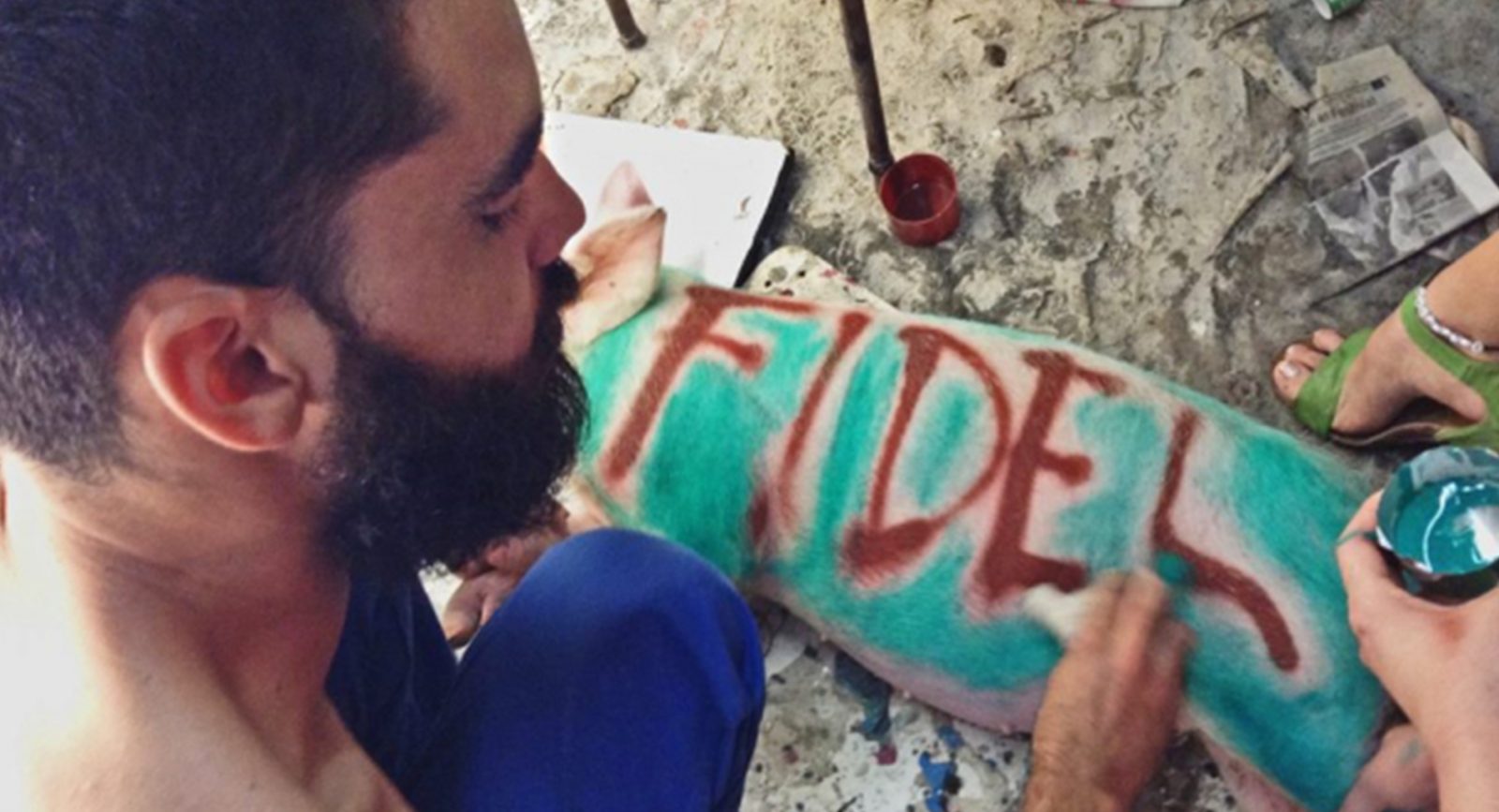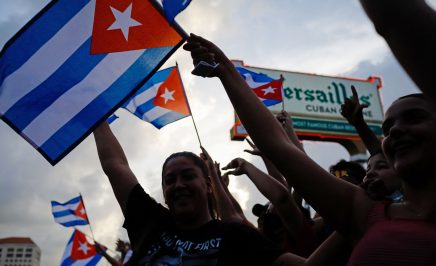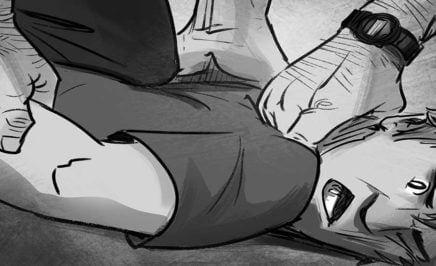On 21 January Danilo Maldonado Machado (also known as ‘El Sexto’) was released from El Combinado del Este, a maximum-security prison on the outskirts of Havana.
Danilo Maldonado was arrested at his home in Havana the morning of 26 November 2016, hours after the announcement of Fidel Castro’s death. That same day, a Cuba-based newspaper had reported that he’d graffitied the words “He’s gone” (Se fue) on a wall in Havana.
Danilo was detained for almost two months and his family believes he was accused of damage to state property but have not seen official documents specifying these charges
Following his release, his fiancé, Alexandra Martínez told Amnesty: “I want to officially confirm that Danilo has been released and was able to travel outside of Cuba. He is currently in Miami. I want to thank you and everything Amnesty International has done for Danilo’s freedom. Without your help, who knows where he would be right now. Thank you, thank you, thank you.”
“Danilo’s release is great news but he should have never been jailed in the first place. Peacefully expressing an opinion is not a crime,” said Erika Guevara-Rosas, Americas Director at Amnesty International.
“I want to thank you and everything Amnesty International has done for Danilo’s freedom. Without your help, who knows where he would be right now. Thank you, thank you, thank you”
Alexandra Martínez
Previously, Danilo Maldonado Machado had spent almost 10 months in prison following accusations of “aggravated contempt”. He arrested in Havana while travelling in a taxi on 25 December 2014. Officers opened the taxi’s boot and found the two pigs with “Raúl” and “Fidel” painted on their backs.
He was accused of “disrespecting the leaders of the Revolution”. Danilo intended to release the pigs at an art show on Christmas Day. He was never formally charged nor brought before a court during the time he spent in detention.
Amnesty International considered him a prisoner of conscience, detained solely for peacefully exercising his right to freedom of expression.


